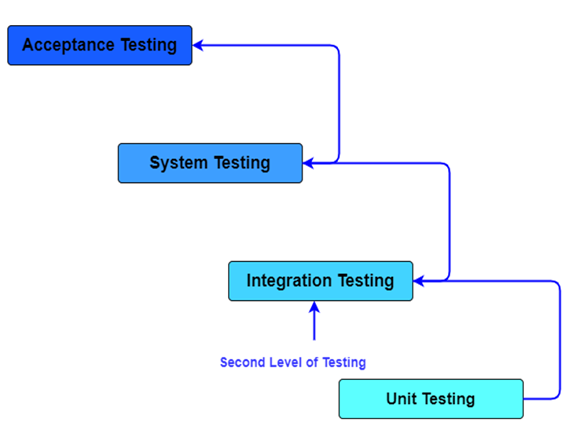|Usama Muhammad

What is Integration Testing?
Integration Testing is a type of software testing in which combined modules are testing. In this type of software testing software modules are integrated logically and tested as a group. A typical software projects consists of multiple complex modules, implemented by different programmers. The basic purpose of this testing is to verify bugs or defects after the integration of these modules and also verify the interaction between these software modules either they are working according to the implementation of given requirements or not.
Integration testing is used to verify the data communication between these modules. It is the technique of Black Box Testing to identify the functional requirements after the integration of modules. It is usually done after the Unit Testing. Integration Testing is not conducting at the end of the development cycle. It is done simultaneously with the development to identify the bugs or defects in initial stages. We can use Positive and Negative test approaches in this type of testing.
Importance of Integration Testing
Integration is the most important part of software testing because this type of testing help us to identify bugs or defects after the integration of different modules. Sometimes individual modules are working fine according to the given requirements but after the integration they are not working properly as same as on individual level that’s why we need to perform Integration Testing.
Here are the key reasons to do Integration Testing with development of software:
- At the time of module development, there are wide chances of changing in requirements from client side. Sometimes these new requirements may not be unit tested due to lack of time or work burden that’s why integration testing is necessary.
- Sometimes hardware integration or networks raise the issues
- Inadequate exception handling could cause issues
- Modules are also interacting with some third party tools or APIs which also need to be tested that the data accepted by that API / tool is correct and that the response generated is also as expected according to the current implementation.
- Incompatibility between modules of software could create errors.
Techniques of Integration Testing
Integration testing is used to verify the data communication between these modules. It is the technique of Black Box Testing to identify the functional requirements after the integration of modules. It is usually done after the Unit Testing. Integration Testing is not conducting at the end of the development cycle. It is done simultaneously with the development to identify the bugs or defects in initial stages. We can use Positive and Negative test approaches in this type of testing.
Black Box Testing Techniques
- Equivalence Class Partitioning (ECP)
- Boundary Value Analysis (BVA)
- Error Guessing Technique
- Decision Table Technique
- State Transition Technique
White Box Testing Techniques
- Decision Coverage Technique
- Branch Coverage Technique
- Data flow Testing Technique
- Decision Table Technique
- State Transition Technique
How to do Integration Testing
Following are the key points to keep in mind before start the integration testing:
- Functional testing performed on each module of the application on individual basis
- Prepare the Test Plan for Integration Testing
- Design the Test Scenarios, Test Cases and Test Scripts to verify each interface in detail
- Execute all created test cases, scenarios and scripts to identify bugs for reporting
- Choose input data for executing the test cases and scenarios. Input data plays a significant role in testing
- Tracking and Re-testing the defects
- Perform Negative and Positive testing after integration the modules
There are so many key points other than these above points which needs to be kept in mind before start the integration testing.
Entry and Exit Criteria of Integration Testing
Entry Criteria
- Units must be integrated perfectly
- All Units/Components Tested
- All High prioritized bugs must be fixed and closed
- Integrated Test Plan completed
- Test Cases completed for execution with test data
- Required Test Environment is to be setup for Integration Testing
Exit Criteria
- Successful Testing of Integrated Application
- All units worked as same as unit testing
- All High prioritized bugs fixed and closed
- All Test Cases and Test Scenarios must be executed
- Test Plan must be followed
- Test Environment executed
We will discuss methodologies or strategies or approaches in next blog
Join us next time, as we continue our journey of learning canvas apps.Click here to learn more about Imperium's Power Apps Services. We hope this information was useful, and we look forward to sharing more insights into the Power Platform world.

